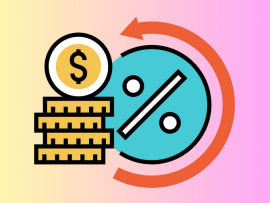Retail underwriting plays a pivotal role in determining the interest rates applied to consumer loans. As financial institutions assess the risk associated with lending money, underwriting processes ensure that each borrower is evaluated fairly and accurately. The risk assessment conducted during underwriting not only influences whether a loan is approved but also directly impacts the interest rate that the borrower will be offered. Here’s how retail underwriting affects consumer loan interest rates and why it matters for both lenders and borrowers. 1. Risk Assessment and Its Link to Interest Rates At the heart of retail underwriting is the process of assessing borrower risk. Underwriters evaluate a variety of factors, such as credit score, income, debt-to-income ratio, and employment history, to determine the likelihood that a borrower will repay their loan. Borrowers who are deemed low-risk—those with a strong credit history, steady income, and low existing debt—are more likely to receive favorable interest rates. These borrowers present less risk to lenders, allowing financial institutions to offer them lower rates. On the other hand, higher-risk borrowers—those with lower credit scores, unstable income, or high levels of existing debt—are considered more likely to default on their loans. To offset this risk, lenders charge these borrowers higher interest rates. This ensures that the financial institution remains compensated for taking on additional risk while continuing to offer the loan. 2. Credit Scores and Their Influence..
Read MoreArchives
Translate »



